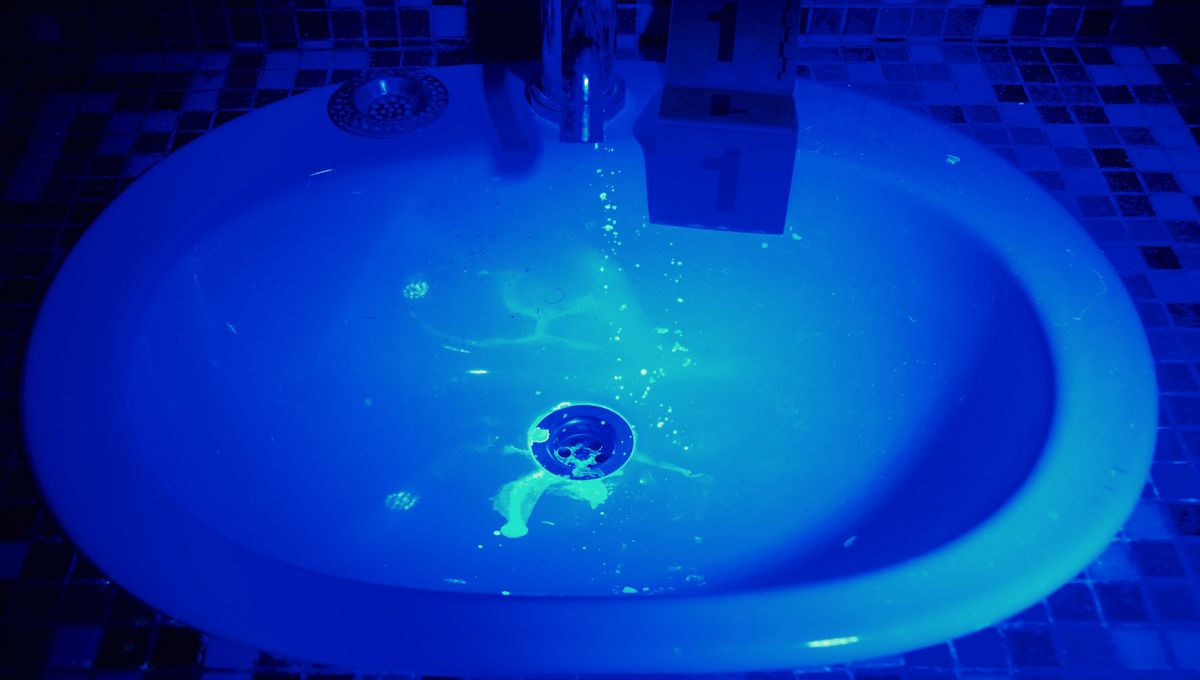Imagine yourself in the shoes of a killer. The body is gone, but there’s a suspicious pool of blood seeping into the porous grey cement. You cautiously enter the cluttered cleaning cupboard, dodging a broom that teeters precariously above you. With determination, you grab the soap, a worn-out grey mop, and an old yellow sponge. You scrub at the floor until your hands ache, transforming it into a sparkling surface so clean you could dine off it. As you leave the room, a skip in your step, you can’t help but feel smug, confident that you’ll get away with your heinous crime undetected.
But wait, you’re wrong!
Luminol is a criminal’s worst nightmare and a forensic scientist’s best friend. Despite a criminal’s meticulous efforts to erase any trace of blood, forensic scientists possess some tricks up their sleeves. The luminol test is an ancient yet invaluable technique that can unveil a crime scene, even when someone has attempted to wash away all visible bloodstains. In some cases, it can even reveal the presence of a bloody footwear impression.
How do forensic scientists use luminol?
Luminol is a chemical typically found in powdered form. To conduct a luminol test, a solution is created by mixing luminol powder with a liquid containing specific chemicals, such as hydrogen peroxide and hydroxide. This solution is then sprayed onto areas where blood may be present. If the solution comes into contact with blood, the iron in the blood reacts with the elements in the luminol, resulting in an eerie blue-green glow caused by the release of additional energy.
This reaction, known as chemiluminescence, lasts for approximately 30 seconds. However, under dim lighting conditions, the glow can be observed and captured through photography.
The luminol reaction is an incredibly powerful tool, highly sensitive to blood. It can detect bloodstains that are decades old, and scientists have discovered that the older the stain, the longer and more intense the luminescence. Importantly, luminol does not negatively impact ABO or DNA profiling.
What are the drawbacks of luminol?
One drawback is the potential for false positives in this test, as luminol can react with substances like household bleaches, vegetable peroxidases, and metals.
So, if you ever consider committing a crime, be warned: the forensic science team is just one spray bottle away.








